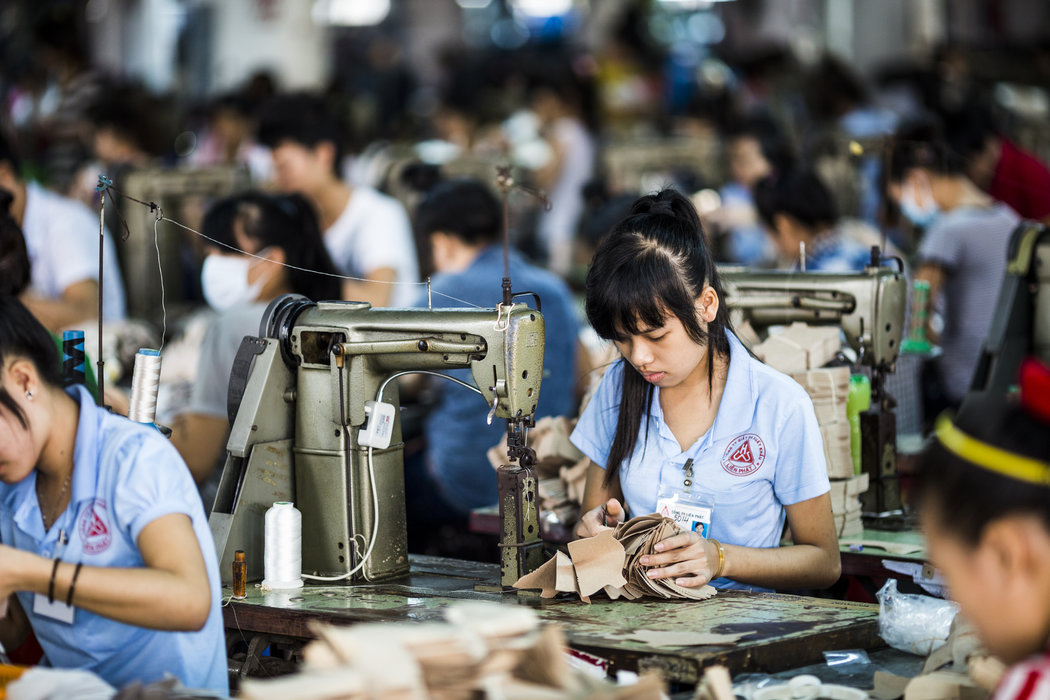“Today, the United States and most developed countries have few tariffs, but some remain. The United States, for example, protects the domestic sugar market from lower-priced global suppliers and imposes tariffs on imported shoes, while Japan has steep surcharges on agricultural products including rice, beef and dairy. The pact was an effort to create a Pacific Rim free-trade zone.
Environmental, Labor and Intellectual Property Standards
United States negotiators stressed that the Pacific agreement sought to level the playing field by imposing rigorous labor and environmental standards on trading partners, and supervision of intellectual property rights.”
